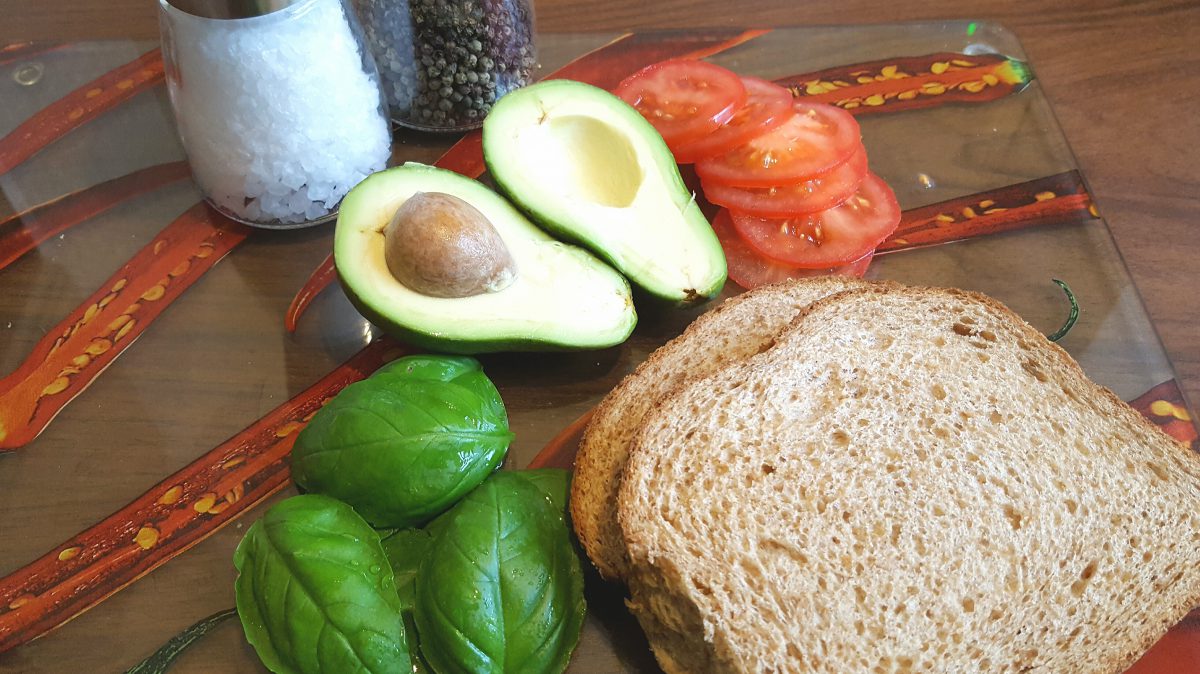
The Fat Foodie
I’ve now been following the low FODMAP diet for a couple of months and I have to say that I’m feeling much better overall. I navigated the 6 to 8 week elimination phase without too many hiccups and have started to reintroduce some higher FODMAP foods back into my diet. Sadly, some foods remain difficult for me to process, a list that’s quite lengthy unfortunately, but the overall benefits of eating low FODMAP foods is reward in itself.
I think the FODMAP diet journey is an incredibly individual one and everyone will respond differently to it, just as they will respond differently to certain foods. I’ve had a few encounters online recently in which people have stated that particular foods shouldn’t be included in a low FODMAP recipe because they’re high FODMAP, even though they are actually a perfectly fine low FODMAP food if eaten at the correct serving size that’s recommended in the Monash app.
This has irritated me, to be honest, because I feel it is important to learn as much as possible about the health conditions which we suffer from. I’m all about educating myself to the best of my abilities as to what foods I can safely incorporate into my low FODMAP diet because it’s vital that we try to eat a wide variety of foods in our diet in order to get the best forms of nutrition our bodies require.
I’ve seen a lot of people online who are permanently living solely on the exclusion part of the low FODMAP diet and, as any good nutritionist will tell you, that’s not good at all because they are cutting out important nutritious dietary ingredients for no good reason. They’re also missing out on being able to eat delicious foods which would actually not cause them any digestive discomfort anyway!
Also, if there’s one thing that’s abundantly clear when it comes to the FODMAP diet it’s that everyone is different. That’s the whole freakin’ point of the FODMAP diet! Individuals will be able to tolerate or not tolerate a variety of foods differently. I don’t understand why people can’t just assess their own potential response to recipes or a meal and make suitable adjustments. For instance, if you know that you can handle a small amount of oats then have one small Anzac biscuit. If you can’t, then don’t eat them! It really doesn’t have to be hard.
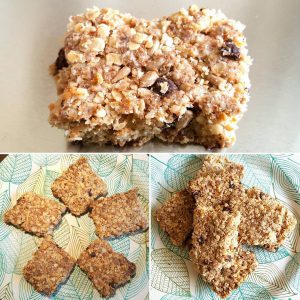
Anzac Biscuits by The Fat Foodie
One thing that has been hard is that I miss bread a lot. I’ve tried a number of shop bought gluten-free loaves, but I find it difficult to get past their grainy texture and general lack of flavour. (I’ve found the £3 price point for a Genius loaf pretty hard to swallow too). I’ve also made my own gluten-free loaves. They’ve turned out okay and have been tasty enough, but they still don’t compare to a normal wheat loaf.
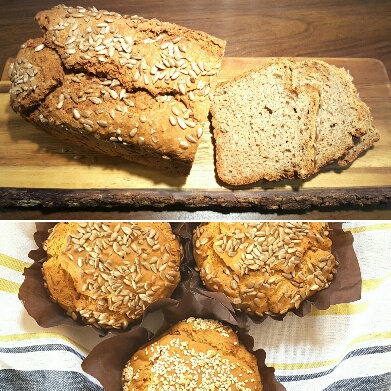
Wholemeal Seeded Gluten-Free Bread by The Fat Foodie
I recently tried sourdough bread, but I don’t think my system liked it. It’s quite an acquired taste at the best of times due to its sour aftertaste, but I suspect my body still isn’t that keen on processing either gluten or the fructans found in wheat. I’m in the process of getting a sourdough bread culture on the go which I intend to use to make a spelt sourdough loaf, so I’ll see what my body makes of that.
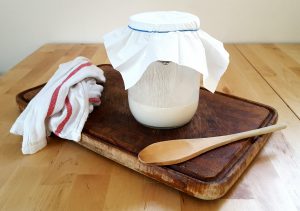
Sourdough Bread Starter by The Fat Foodie
As I said at the start of this post, it’s clear that the FODMAP diet is very much a personal endeavour and I think the journey’s very much about identifying what your own personal triggers are. All I can say with certainty is that I feel infinitely better as a result of finding out about the FODMAP diet and I’m happy to help spread the word to other IBS sufferers in order to help them too.
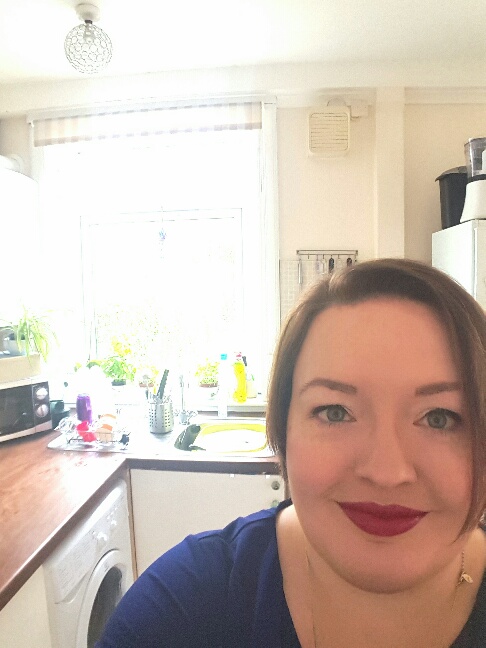
The Fat Foodie
 Copyright protected by Digiprove © 2017
Copyright protected by Digiprove © 2017 